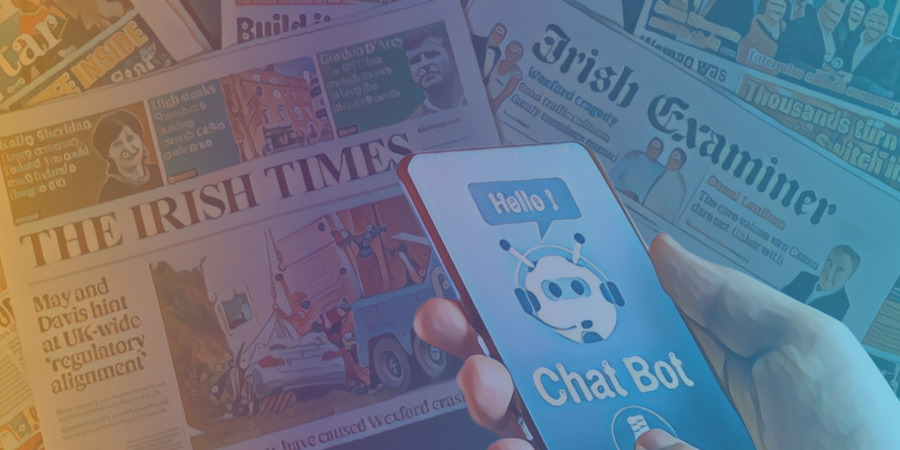Implications of AI-Authored Fake News Sparks Controversy
A fake article written entirely by the artificial intelligence system ChatGPT recently succeeded in getting published in The Irish Times, hoodwinking editors at the prestigious 167-year-old newspaper.
The hoax raised alarm bells about AI’s capacity to generate deceptive content and calls into question news organizations’ fact-checking processes in the face of technological advances.
AI-Generated Satirical Essay Fools Editors
The fraudulent 800-word piece published in the paper’s “Opinion and Analysis” section purported to be a humorous essay written by an author named William Hand. But William Hand is not a real person and the essay was composed by ChatGPT at the behest of a researcher in order to test the system.
While laden with factual inconsistencies, the polished prose and witty absurdities of the AI-authored essay managed to evade detection by editors before appearing in print and online.
Newspaper Retracts Article, Vows Strengthened Verification
After being alerted to the AI ruse, The Irish Times swiftly retracted the essay and launched an investigation into how the elaborately crafted misinformation was able to slip past its editorial safeguards.
The paper acknowledged that advances in generative AI pose a new kind of threat to the integrity of journalism. In response, The Irish Times pledged to bolster its fact-checking and identity verification processes for contributors.
AI Disinformation Concerns Grow
This incident highlighted how far generative AI has progressed in mimicking human rhetorical style to potential malicious ends. As systems like ChatGPT become more accessible, experts warn society will need to adapt to counter AI disinformation campaigns.
In particular, renewed emphasis must be placed on corroborating the provenance and veracity of content rather than assessing sophistication of writing style alone. Failure to respond risks eroding public trust as AI-authored hoaxes proliferate.












Add Comment